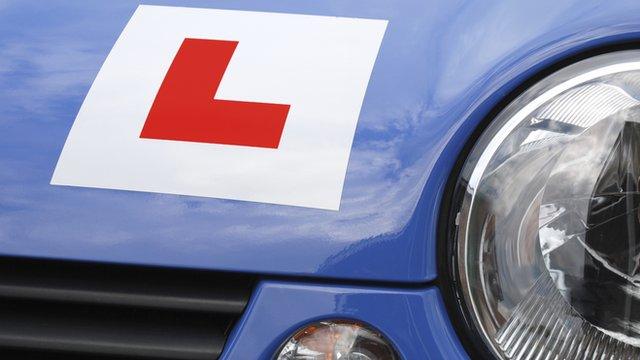Where's the toughest UK driving test?
- Published
- comments
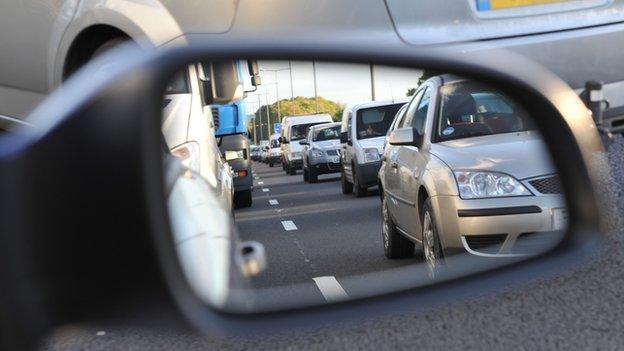
It is 80 years since driving tests became compulsory for all new drivers in Britain. But does it really matter where you take the dreaded exam?
Sweaty palms, a pounding heart? It is a seminal point in a person's life when they take their driving test.
Pass and you are rewarded with freedom, career prospects and new friends who need lifts. Get it wrong and you are left with the stigma of failure, a reliance on public transport and an overwhelming feeling of disappointment.
The Driving and Vehicle Standards Agency (DVSA) says instructors are regularly assessed to ensure tests are consistent across the country. But does that mean the test location is irrelevant?
Advanced Driving Instructor Sandra Macdonald-Ames, who was the driving expert in the BBC documentary So You Think You Can Drive, said test centres with higher pass rates tend to be in rural areas.
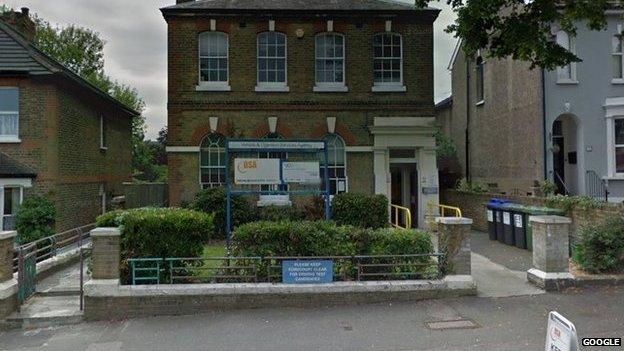
The Belvedere test centre in Woolwich Road, south east London, had the lowest pass rate in the country in 2013/2014
"[Learners in rural areas] are effectively learning test routes in a fairly predictable environment," she said.
"If you practise for 20 to 30 hours you will inevitably cover all the local roads at one time or another. There are no nasty surprises."
She said there is a "constantly changing situation with multiple hazards" in major cities.
"As it is more unpredictable, candidates are more likely to get it wrong as decision-making needs to be much sharper," she said.
"If you hesitate in London at a junction you make the traffic reports on Radio 2 for congestion. If you hesitate in a rural area, no one really notices as three cars are a queue."
Figures from DVSA for 2013 to 2014 show that while the average pass rate was 47.1%, you were almost 15 percentage points more likely to fail if you took your test in Belvedere in the London borough of Bexley.
The centre is surrounded by residential roads with narrow lanes as well as higher speed A roads such as the A220 and A206.

The test centre with the highest pass rate last year was on the Isle of Mull, off the west coast of Scotland, but there were only 10 candidates
But Mark Hewitt, who stopped taking pupils to the Belvedere test centre a year ago because of its reputation, said it was not the busy roads that make it tough.
"I don't think it's the test centre, it's the examiners," he said.
"A few of them are all right, the rest just don't chat. They are so dead quiet. Pupils need to see that the examiners are human as well."
Of the top 10 centres with the lowest pass rate last year, five were in London, three were in the Birmingham area, one was in Leeds and one was in Luton.
At the other end of the scale, candidates who took their test on islands off the coast of Scotland were more likely to succeed.
TEST CENTRES WITH HIGHEST PASS RATES (2013/14)
Isle of Mull: 80%
Barra: 77.8%
Brodick: 73.1%
Isle of Skye (Portree): 72.2%
Ballachulish: 71.4%
Kendal: 70.8%
Ballater: 69.8%
Barrow in Furness: 68.3%
Mallaig: 68.2%
Llandrindod Wells: 68.1%
TEST CENTRES WITH LOWEST PASS RATES (2013/14)
Belvedere (London): 32.2%
South Yardley (Birmingham): 32.4%
Barking (London): 33.3%
Wednesbury: 33.4%
Wanstead (London): 33.5%
Wood Green (London): 34.2%
Kingstanding (Birmingham): 35.1%
Leeds: 36.3%
Enfield (London): 36.4%
Luton: 37%
Eight out of the 10 candidates who took their test at the Isle of Mull passed, seven out of nine at Barra and 38 out of 52 in Brodick.
Gordon Rae, who lives near the Isle of Mull test centre, has been an instructor for 12 years. He said the DVSA told him a few years ago tests on the islands were likely to be discontinued because they were not challenging enough.
He said there are no traffic lights, roundabouts or dual carriageways.
"When you work in this business you are aware of it," he said.
"I have requests from people who live on the mainland but want to go over to Mull because the pass rate is so much better. But I refuse to do it because I believe in the ethos that when a candidate has a test, they should be ready for it.
"They might pass in Mull but when they go into one of the big cities, they would be like a fish out of a pond. It's an accident waiting to happen."
In England, the Kendal test centre in the Lake District yielded the highest number of passes with a 70.8% success rate.
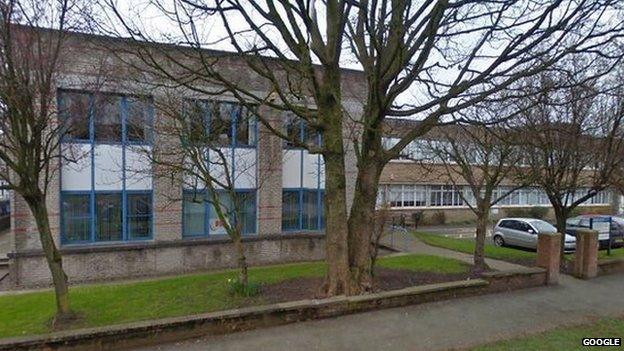
More than 70% of candidates who took their test in Kendal, Cumbria, passed
Jan Walker, who runs Jan's Driving School in Cumbria, said many people asked if they could take their test at Kendal because they believe it is easier.
"Kendal has a lot of visitors so you get quite a few hold-ups," she said.
"It has a one-way system and you get stuck in traffic quite a bit.
"When you are queuing in traffic you do not have to think that much. The cars in front of you are slowing down.
"When you are on a fast road you have to think that bit more quickly."
A DVSA spokesperson said pass rates could be influenced by various factors but refused to say if it was easier to pass at some test centres than others.
"Some people take more lessons and are better prepared for the test," a spokeswoman said.
"Statistical factors can also play a part as the number of tests conducted at different test centres varies significantly.
"We train examiners to a high standard and closely monitor their work to ensure that all tests are assessed consistently across the country."
- Published16 March 2015
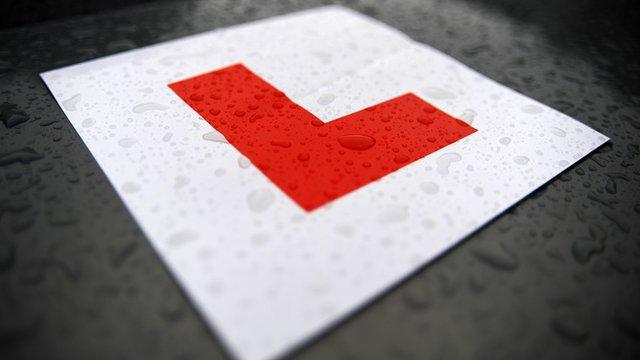
- Published28 November 2014
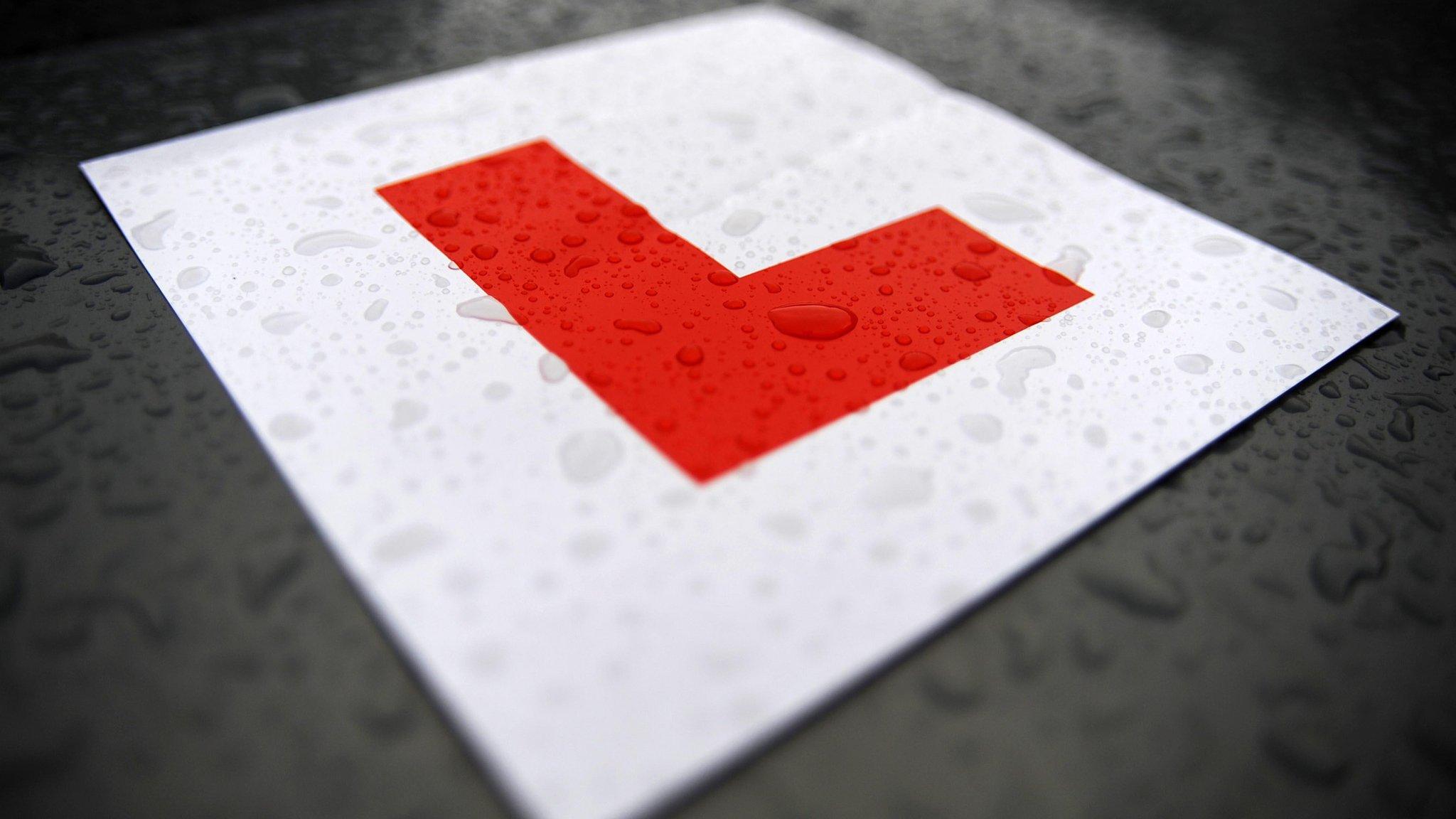
- Published21 September 2014
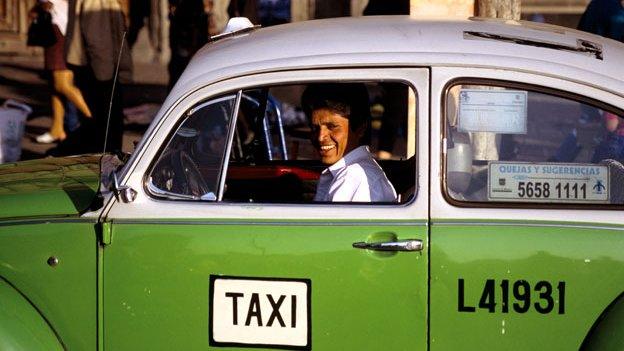
- Published17 July 2013
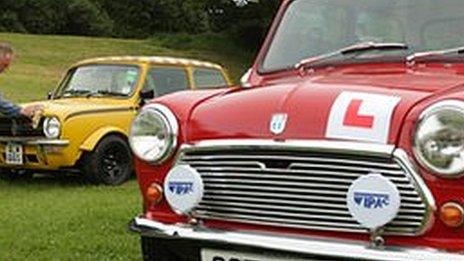
- Published26 January 2015
